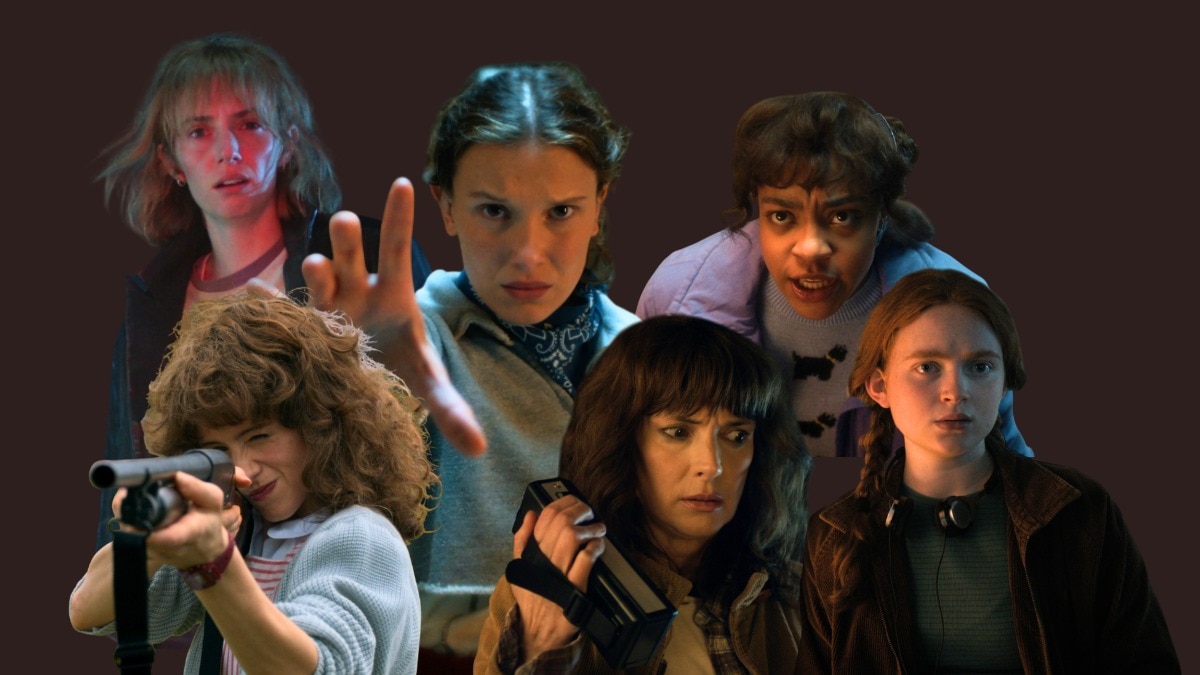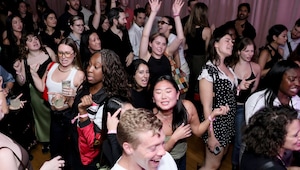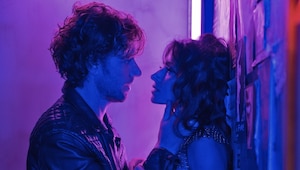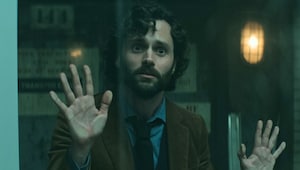How the girls of Hawkins became the real heroes of 'Stranger Things'
From Christmas lights to multiverse battles, these women are running the show, solving crises, and refusing to wait for permission.

Stranger Things arrived in 2016 dressed in the familiar grammar of ’80s nostalgia—boys pedalling through dusk haze, walkie-talkies crackling with panic, synths pulsing like a heartbeat under floodlights. It launched as Netflix’s ambitious genre gamble, a supernatural adventure stitched from Spielberg wonder and Carpenter dread. What followed across its six chapters—including the recently released final season—was a global cultural phenomenon that grew from a small-town mystery into a multiverse epic.
But watch closely, and the centre of gravity shifts. For all its Demogorgons, labyrinthine labs, and cosmic geometry, the show’s emotional and narrative architecture has always belonged to its women. Remove them, and Stranger Things collapses into noise. Behind every crisis solved in Hawkins is a girl or woman refusing to wait for permission. The series may posture as a monster saga, but its true thesis is carved from a different material: female intuition, endurance, and the internal labour of holding a world together while it trembles.
Joyce Byers and the blueprint for survival
As Hawkins escalates from mystery to war, Joyce remains the compass. Russian prisons, coded messages, bureaucratic chaos—she tears into geopolitical absurdity with domestic ferocity. No cape, no theatrics, just resolve. Ryder plays her as a woman carved by responsibility. Joyce is the original architect; she sets the tempo of survival.
Eleven and the reconstruction of power
Millie Bobby Brown’s Eleven enters like a ghost ripped from a lab: shaved head, hospital gown, bare feet on linoleum. Early scenes are filmed like horror—too close, too still, too quiet. Her telekinesis begins as spectacle, but her story quickly sharpens into something more intimate: identity construction. Eleven’s arc is not about gaining power, but reclaiming autonomy.
Brown performs silence with microscopic precision—breath shifts, delayed blinks, posture evolving year to year. Compare the wounded physicality of Season 1 to the mall-girl ease of Season 3. Normalcy becomes rebellion.
By Season 4, stripped of her powers, she must rebuild selfhood from memory—grief, shame, longing, rage. Her confrontation with Vecna evokes Arrival more than superhero cinema: emotion deployed as intelligence, memory as weaponry. The thrill isn’t in the telekinesis. It’s in her refusal to be erased.
Max Mayfield and the geography of grief
Season 4 turns her into the emotional epicentre. The cemetery letter sequence plays as an A24 chamber piece smuggled into a blockbuster. Sink performs grief with surgical restraint. And the Running Up That Hill scene—part psychological horror, part symphonic panic—became a global event because it visualised internal terror with operatic scale. Max is the show’s most intimate tragedy, proof that emotional devastation can be monumental.
Nancy Wheeler leads the charge
Natalia Dyer’s Nancy begins as a suburban perfectionist—tidy, controlled, carefully assembled. But Barb’s disappearance rewires her narrative. Truth becomes something she must engineer. The show strips her of hesitation and hands her a strategy.
Her evolution from honour-roll student to tactical commander echoes Jessica Chastain’s Zero Dark Thirty arc reimagined for a teenage body. Nancy becomes the organising principle of the crisis—gathering intel, mapping timelines, coordinating execution. The Creel house showdown is filmed like military cinema: steady hands, locked breath, purpose in motion.
Her friction-turned-partnership with Robin—structured precision meeting chaotic improvisation—forms one of the show’s sharpest duos. Collaborative intelligence replaces competitive femininity.
Maya Hawke’s Robin explodes onto screen with screwball-comedy agility: caffeinated dialogue, restless limbs, thoughts spilling faster than breath. She is chaotic brilliance, occupying space with the raw unpredictability of a Greta Gerwig performance. Humour becomes both defence and scalpel.
Her coming-out scene—quiet, grounded, filmed like intimate theatre—remains one of the series’ most emotionally literate moments. Hawke plays vulnerability as a kind of courage that shakes but still moves forward. The writing never sands her edges. Chaos becomes capability.
Erica Sinclair and the refusal to shrink
Erica enters like a perfectly timed edit cut—sharp, disruptive, impossible to ignore. Priah Ferguson wields comedy with surgical precision. What begins as side-character chaos becomes narrative necessity.
Her Starcourt infiltration reshapes her purpose entirely. She slices through danger with mathematical clarity, dismantling the hierarchy that treats children—especially girls—as accessories. Erica refuses to soften for adult comfort. She refuses to be small. Her certainty becomes propulsion.
The women who hold the centre
Joyce acts. Eleven transforms. Max feels. Nancy builds. Robin breathes life into tension. Erica refuses containment. Together, they form a constellation rarely allowed to coexist without collapse. Stranger Thingsmay escalate into cosmic stakes and government conspiracies, but its most enduring images are quiet: Joyce touching lightbulbs like pulse points, Eleven entering memory, Max suspended in impossible air, Nancy sketching strategy, Robin stammering then stepping forward, Erica slicing through tension with a single line.
Hawkins survives because its women refuse to collapse. They are the internal structure holding the spectacle upright—proof that the real power in Stranger Things was never supernatural. It was emotional architecture all along.
Lead image: Netflix
Also read: ‘Stranger Things’ changed pop culture forever—but can its final season pull off the perfect ending?
Also read: So, some of the ‘Stranger Things’ “kids” are actually waaay older than you realise
more from Life

Is Gen Z quitting social media for good?

From bhajan clubbing to Pope raves—why Gen Z is reviving the oldest party culture ever

How to talk dirty like a total pro, according to sexperts

7 signs you’re actually dating the problem, not the person

The best Thanksgiving episodes to rewatch right now for a dose of comfort, chaos, and nostalgia

In defense of the coffee date

Are men facing a crisis in love because they are refusing to get better?

Should celebrities be forgiven for the controversial things they said years ago?

Your complete beginner’s guide to scissoring

Brown is the new black this season and your wardrobe needs to know it
